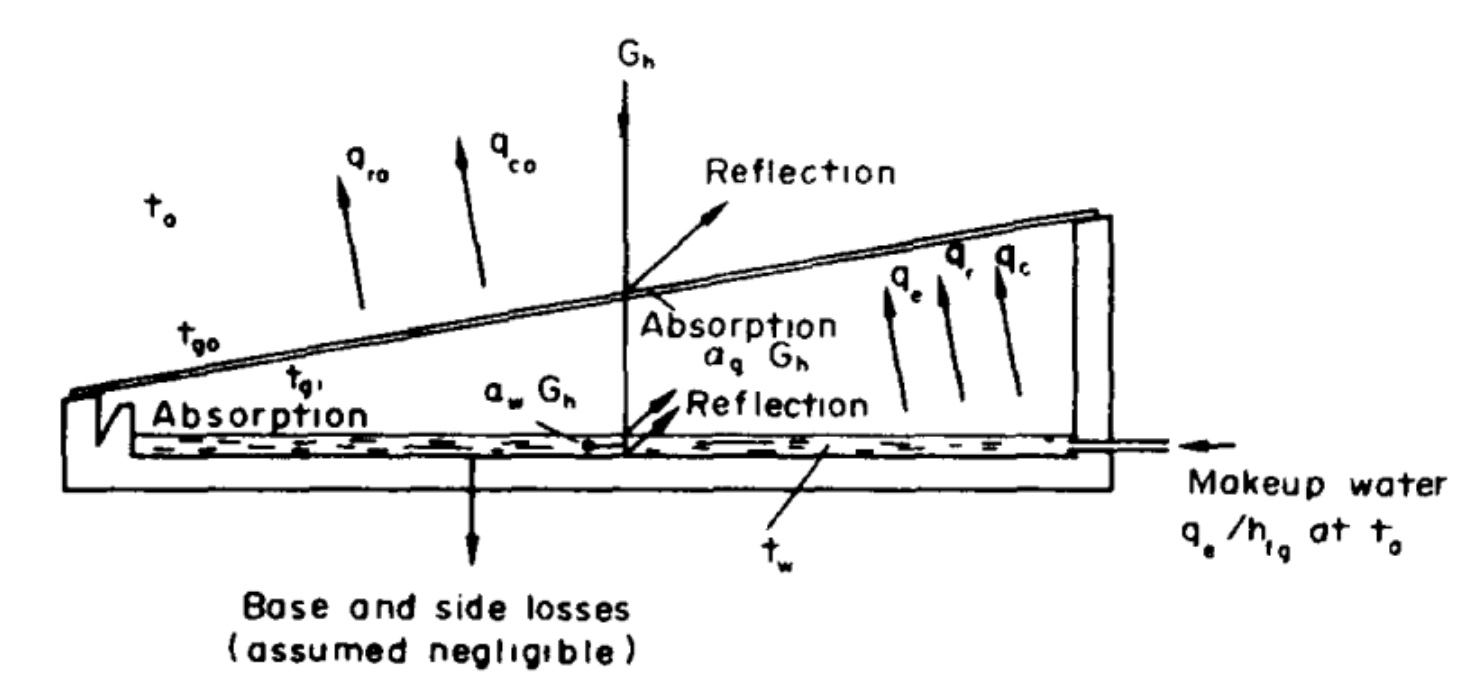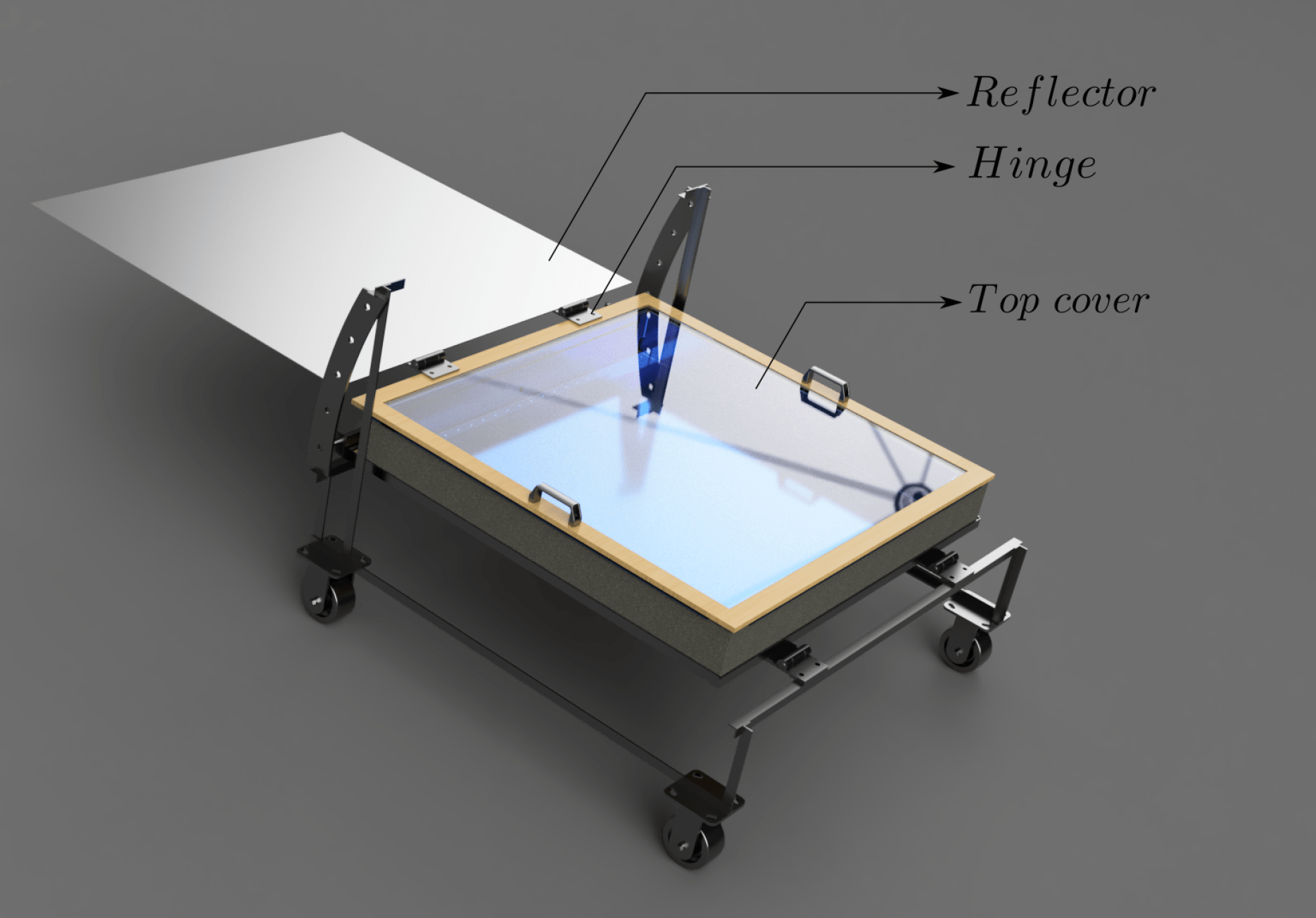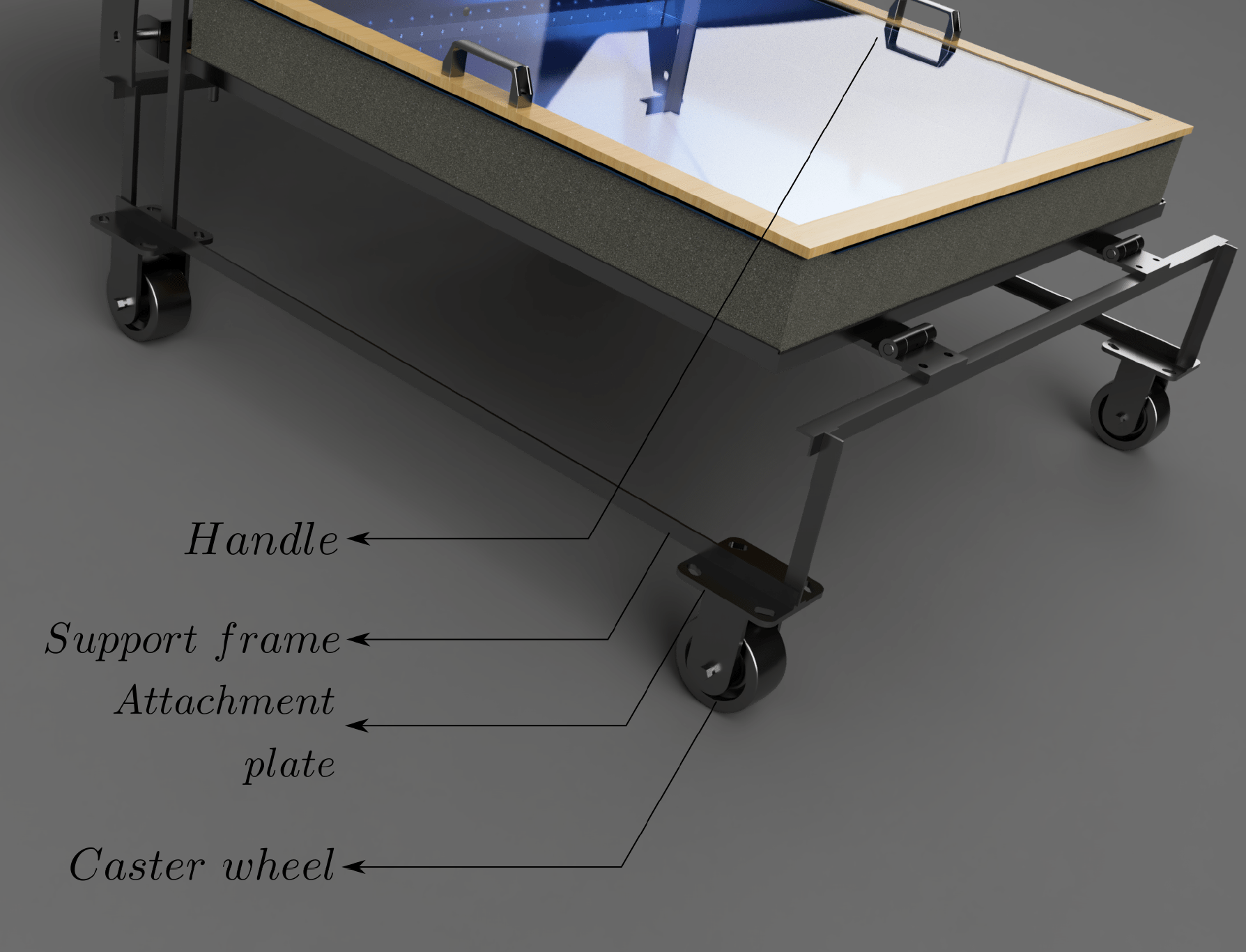Design analysis of a Single-Effect Solar Still
My Masters thesis project on analysing and improving the efficiency of passive single effect solar stills.

Introduction
Potable water is highly scarce in many areas of rural India, and combined with lack of stable electricity, presents an almost insurmountable challenge for people to source drinking water. The traditional method of digging wells is not viable any more in the face of dropping water tables, and a suitable, green alternative is needed to supply the bare minimum of 5 l/day water required per person for survival.
One simple and time tested solution is harnessing the power of solar energy to evaporate and then re-condense water to purify it. It is proposed that solar stills designed specifically for this purpose will be ideally suited for this purpose. The proposition of using a solar still is not new, many researchers have been investigating the various ways in which the still can be designed in order to maximise the output.
The scope of this work has been limited to passive, single effect solar stills, based on the work of as part of his Master’s thesis, where-in the various design parameters and their effect on the efficiency of the still have been explored. The underlying theory of the thermodynamic process is based on the work of , and the main aim of this project is to establish the optimal design parameters for a single effect solar still that produces an output of 5l/m2 per day. This is to be verified by building a prototype and then perform a DFMA analysis on it in order to achieve a pre-production prototype.
I was assisted by Shashwat Joshi and Akhil Sathuluri in the making of the hardware prototype, and guided by Prof. Sandipan Bandyopadhyay in this project.
Design

A schematic of the single effect solar still.

A thermodynamic circuit model of a single effect solar still.

A CAD model of the solar still that has been made for prototyping.

The prototype logging data on the rooftop of the Department of Engineering Design, IIT Madras.
The Outcome
The first prototype has been installed on the rooftop of the Department of Engineering Design, and has been logging temperature data using the various LM35 temperature sensors mounted on the device. As the operation of the still can be modelled accurately using the temperature of the various surfaces as shown in the thermodynamic circuit shown above, the temperature data is sufficient to obtain a theoretical efficiency of a still, and then compare it with the actual output obtained from the still.
The design of an inclined-basin solar still was proposed, wherein the floor of the basin is also inclined to increase the amount of incident solar energy. Effects of variations in the design parameters on the performance and output of the still were observed. The still was then compared against a traditional flat-bottomed solar still, and modifications in the design were proposed to improve the production from the still and the usability of the still.

A render showing the final proposed design, with major components labeled.

